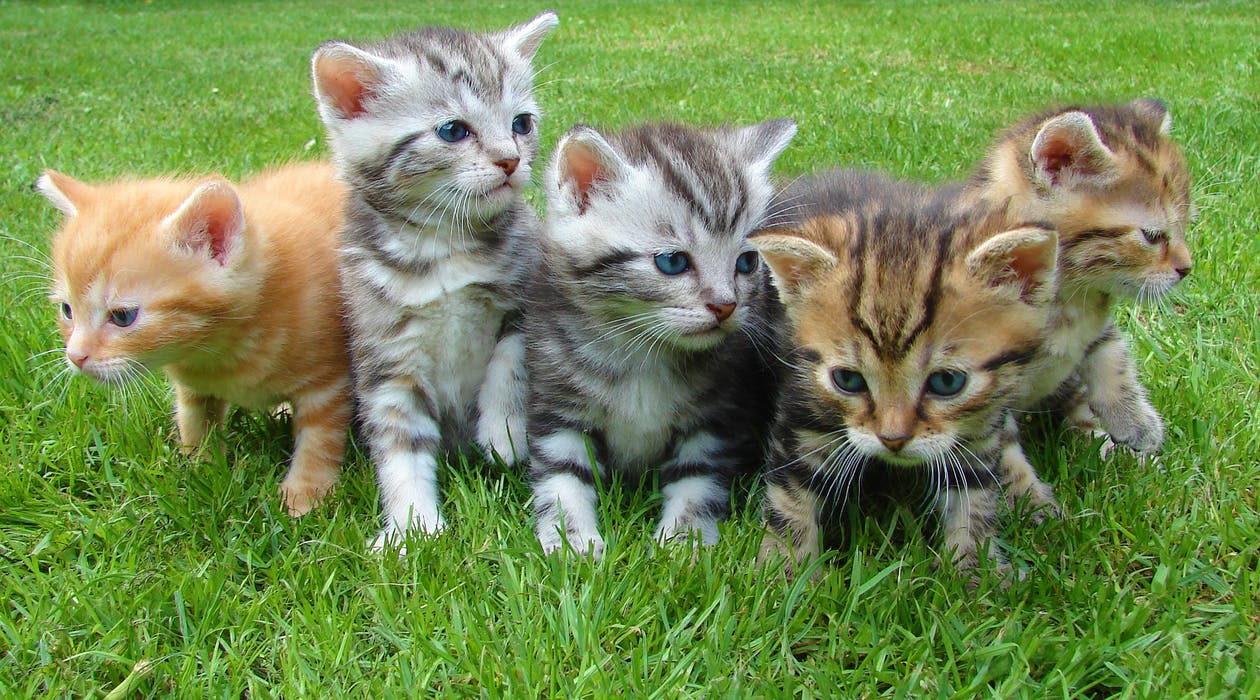Toxic Effects of Chocolate on Cats
Chocolate is toxic for cats. But cases of intoxication are rare because the cat is a strict carnivore, which is not attracted by the sweet or bitter flavors of chocolate. However, if you eat chocolate-based dairy products, your cat may drink the leftovers from your breakfast.
Why is chocolate dangerous for your cat? What should you do if your cat eats chocolate?
Here are the answers to your questions.
Chocolate’s harmful effects on cats

Chocolate contains two toxic substances for cats (and dogs): theobromine and caffeine.
– These substances have a diuretic effect that causes vomiting and diarrhea.
– They are also powerful stimulants of the central nervous system and the heart.
Not all chocolates have the same levels of theobromine:
– Bitter cocoa powder and dark chocolates contain a lot of theobromine and are potentially more toxic than milk chocolates, but they are also less attractive to cats.
– White chocolate contains almost none.
The severity of the poisoning will depend on the amount consumed, the age, and the cat’s health.
Good to know: bulimic cats and those who like dairy products, especially kittens, are more prone to this type of poisoning.
Cat with chocolate poisoning: symptoms
Chocolate poisoning appears between 6 and 12 hours after ingestion; in severe cases, it can last up to 3 days.
You will first observe restlessness, vomiting, diarrhea, great thirst, and water consumption.
If the intoxication is severe, the nervous system is affected: the cat becomes hyperactive, moves strangely, staggers, coordinates its movements poorly, and shakes. It breathes rapidly, seems out of breath, and has a fever.
Death can occur from cardiac arrhythmia, pulmonary edema, and hyperthermia.
My cat has eaten chocolate: how to react?
At the slightest sign of discomfort, distress, or sudden behavior change (agitation, vocalization, or prostration), here is how to react:
– Lock the cat in a ventilated room. Do not allow the cat to escape to the outdoors.
– Monitor the cat’s urination and record how often: provide a clean litter box with clean litter!
– Examine the feces for diarrhea, mucus, or blood, and if necessary, take a picture to show the vet during the examination.
– Assess his water intake: set out a small bowl with little water (and refill it as soon as it is empty).
– Do not give him food.
– Take his temperature: if it is above 38.5°C, watch it rise. If it is already high, confine the cat to a cage with a cooling mat or ice wrapped in a cloth.
– Notify your veterinarian and describe the symptoms. Neurological and respiratory problems are an emergency.
Don’t underestimate the severity of what may appear to be indigestion. Unless you saw your cat eating chocolate or gave it out of ignorance, you will likely notice the symptoms quite late. In any case, you should notify the veterinarian.
Good to know: in outdoor cats, signs of poisoning are always an emergency.
Cat and chocolate: how to prevent accidents?
Here are some tips to prevent chocolate poisoning:
– Explain to your children, friends, and guests the danger of chocolate, and forbid them to offer a chocolate milk product to pets (cats and dogs).
– Keep the cat away from the table: Don’t tempt your cat to eat chocolate toast, chocolate milk drinks, or other chocolate desserts.
– Don’t leave food lying around: throw away any wrappers containing chocolate products. Tidy up the kitchen or close the door if you don’t have time to do it right away.
Read more:
- How to Feed a Senior Cat;
- How to Feed Your Cat;
- How to Feed Pregnant Cats;
- How to Feed a Neutered Cat;
- How to Choose Dry Cat Food?
Hope you enjoy this article. Please take a moment to leave your comments below after reading more about pets and animals on our site.